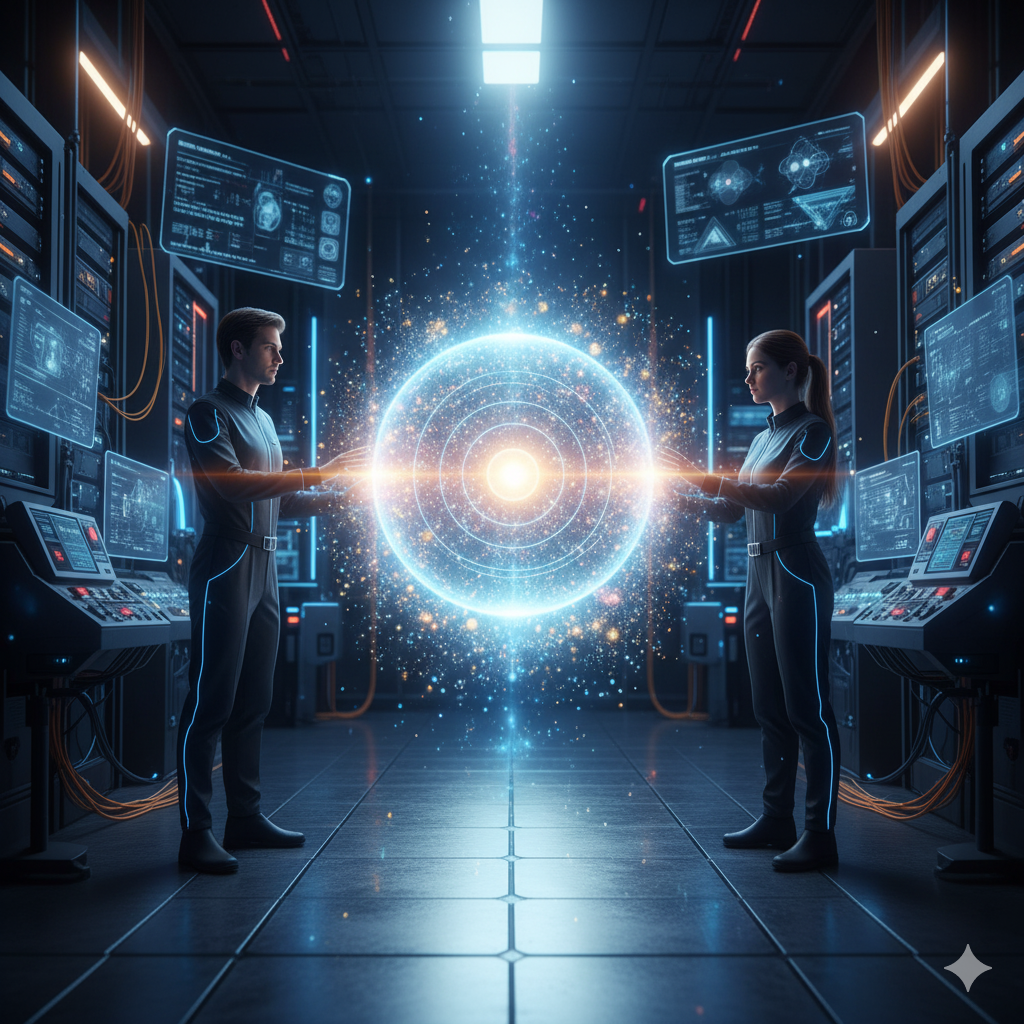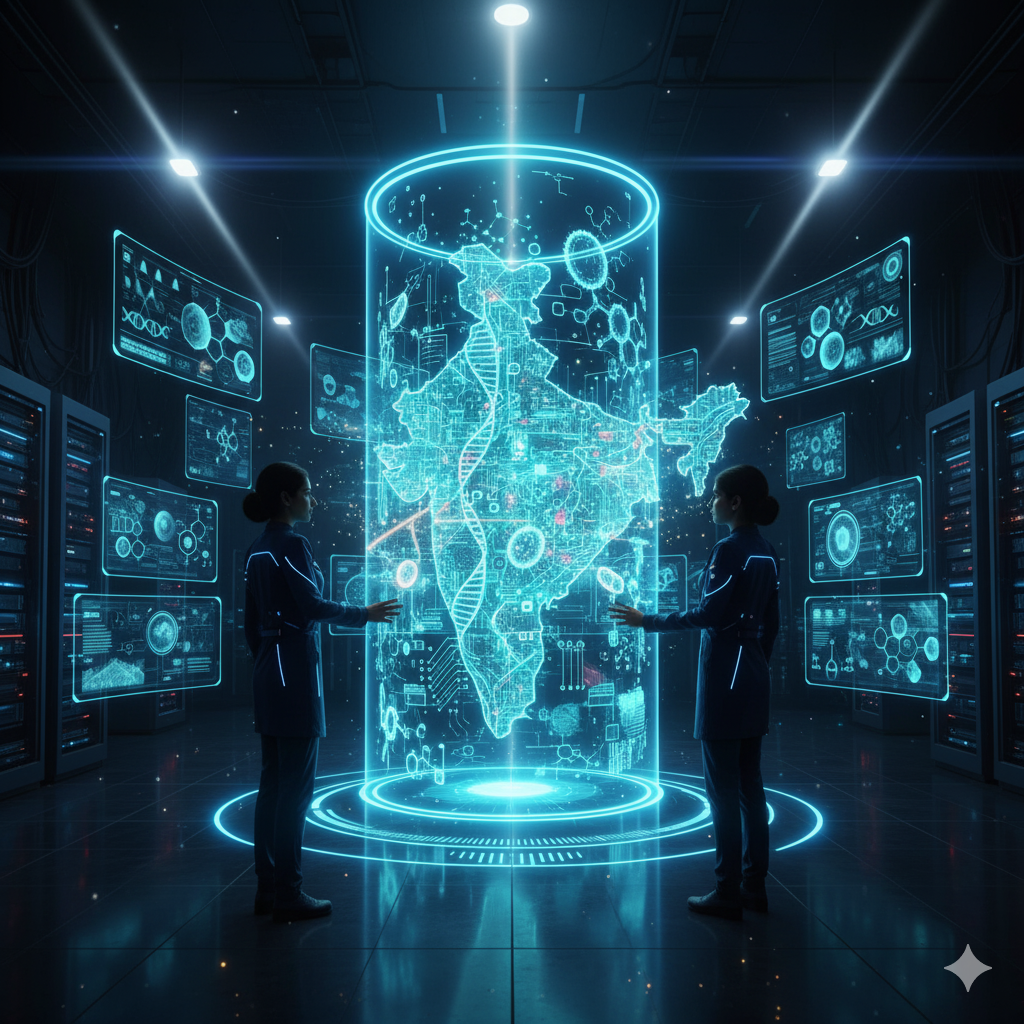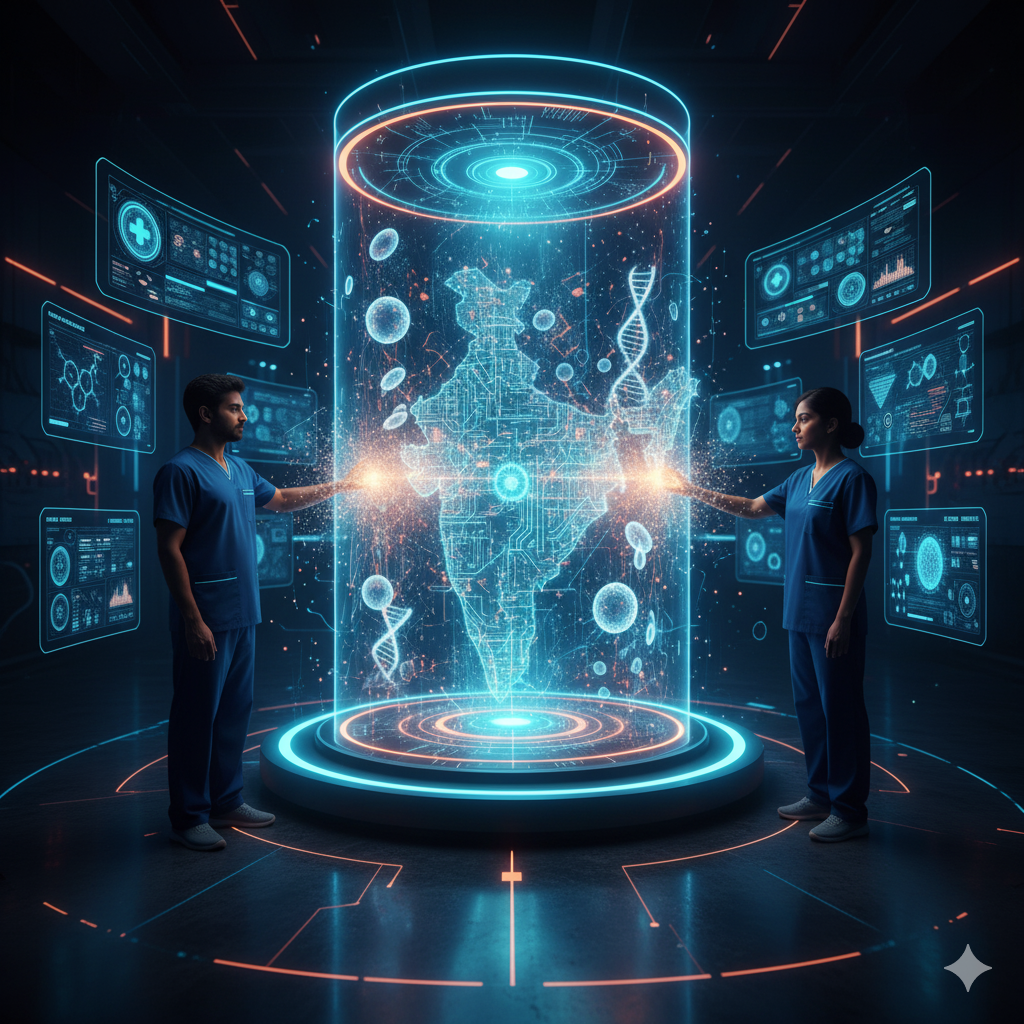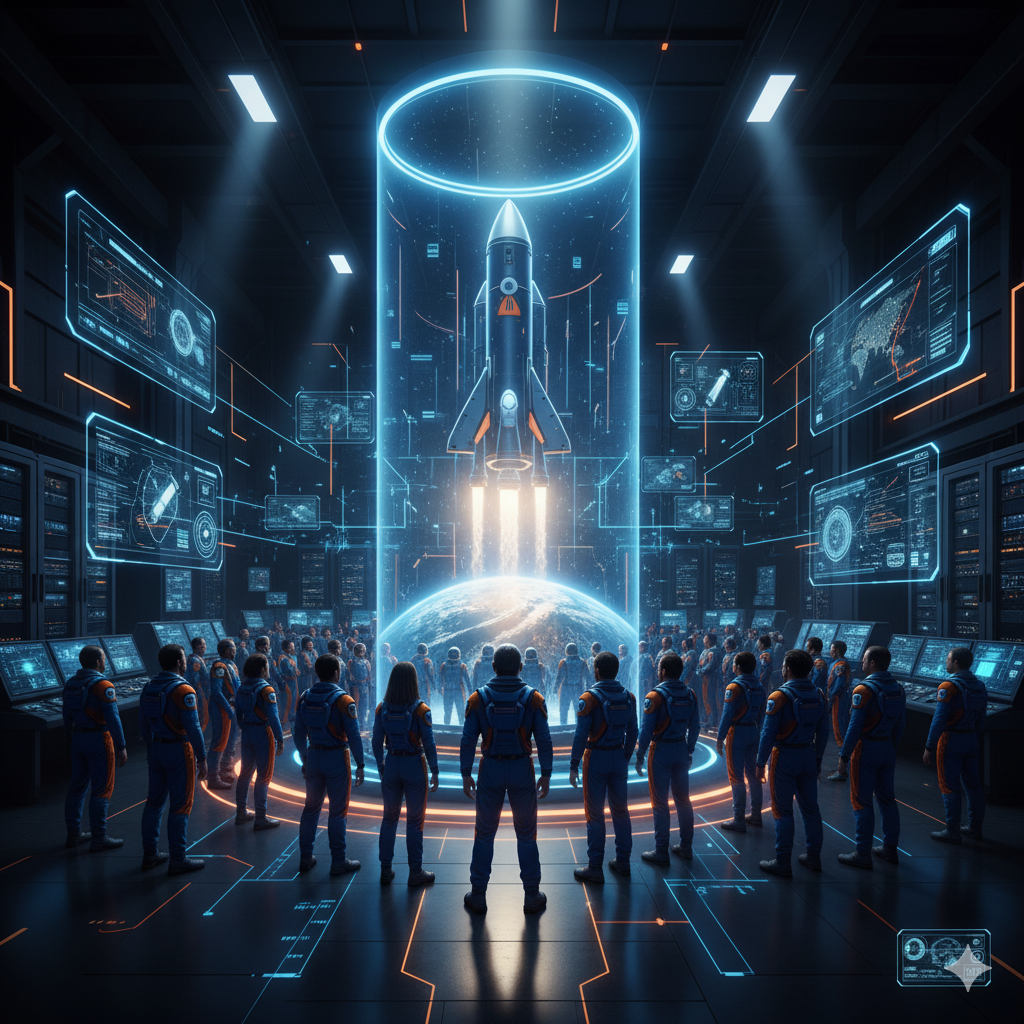Introduction
Artificial Intelligence (AI) is rapidly transforming how content is created, manipulated, and consumed. One of the most fascinating and controversial developments in this domain is AI-generated content — digital materials created, modified, or synthesized using advanced AI techniques. This includes deepfakes, AI art, AI-written texts, synthetic audio, and more.
AI-generated content is reshaping industries like entertainment, marketing, education, and journalism, while also raising ethical, legal, and social questions. This comprehensive article will explore what AI-generated content is, how technologies like deepfake and AI art work, their applications, implications, challenges, and the future landscape.
What Is AI-Generated Content?
AI-generated content refers to digital materials—images, videos, audio, text, or combinations thereof—produced or enhanced through AI algorithms without direct human craftsmanship. Unlike traditional content creation, which relies heavily on human skill, AI-generated content leverages machine learning, neural networks, and generative models to automate or assist in the creative process.
Key Characteristics:
- Automation: Content is produced with minimal human intervention.
- Realism: AI can generate highly realistic images, voices, and videos.
- Customization: Content can be tailored or generated at scale for different audiences.
- Generativity: The AI model learns patterns and produces novel, unique outputs.
Technologies Behind AI-Generated Content
1. Generative Adversarial Networks (GANs)
GANs are a breakthrough technology enabling AI to generate realistic images, videos, and audio. They consist of two neural networks: a generator that creates content, and a discriminator that evaluates its authenticity. The two compete, improving the quality of generated content over time.
GANs are widely used for:
- Creating synthetic faces.
- Generating artwork.
- Enhancing image resolution.
- Producing deepfake videos.
2. Variational Autoencoders (VAEs)
VAEs are generative models that encode data into a compressed format and decode it to create new variations. They are less common than GANs but useful for generating images and speech.
3. Transformer Models
Transformers, like OpenAI’s GPT series, are language models capable of generating coherent, context-aware text. They can write articles, poems, scripts, and even code, powering AI-written content platforms.
4. Neural Style Transfer
This technique blends the style of one image (like a painting) with the content of another (like a photograph), enabling AI art creation.
Types of AI-Generated Content
1. Deepfakes
Deepfakes are AI-generated or manipulated videos or images where a person’s face or voice is swapped or altered to show something they never did or said. They utilize GANs and deep learning to create hyper-realistic fake content.
- Face swapping: Replacing one person’s face with another in video.
- Voice cloning: Synthesizing a person’s voice to say anything.
- Full-body reenactment: AI generates movements and expressions.
Applications:
- Entertainment: Movies use deepfakes to create realistic digital characters or resurrect actors.
- Satire and memes: Used for humor or political commentary.
- Education and training: Simulations with realistic avatars.
Risks:
- Misinformation and fake news.
- Privacy violations.
- Fraud and identity theft.
2. AI Art
AI art involves using algorithms to create original paintings, drawings, music, or sculptures. These systems analyze large datasets of existing art styles and generate novel works.
Popular AI Art Tools:
- DALL·E by OpenAI: Generates images from textual descriptions.
- DeepArt and Artbreeder: Blend styles and create new artworks.
Applications:
- Creative industries and design.
- Personalized art generation.
- Commercial advertising.
Challenges:
- Questions on authorship and copyright.
- Debates on creativity and originality.
3. AI-Written Text
AI language models generate written content, ranging from news articles to poetry and marketing copy. These models are trained on vast text corpora and learn language patterns, syntax, and style.
Applications:
- Automated journalism.
- Content marketing.
- Chatbots and virtual assistants.
- Educational material generation.
Considerations:
- Ensuring factual accuracy.
- Avoiding plagiarism.
- Maintaining ethical use.
4. Synthetic Audio and Music
AI can create realistic speech or compose music. Text-to-speech systems convert written text into human-like voice, while AI composers generate melodies and rhythms.
Applications:
- Audiobooks and voice assistants.
- Personalized music recommendations.
- Film scoring and game soundtracks.
How Does AI-Generated Content Work?
Let’s take a simplified look at how AI generates different types of content:
Deepfake Creation Workflow:
- Data Collection: Large datasets of images or videos of the target person are collected.
- Training: A GAN or autoencoder learns to map one person’s facial features to another’s.
- Synthesis: AI generates new video frames where the face is swapped convincingly.
- Post-processing: Refinement for seamless blending and audio synchronization.
AI Art Generation Workflow:
- Input: The user provides a prompt (text or image).
- Style Analysis: AI analyzes existing art styles.
- Generation: The algorithm produces a new image combining the input with learned styles.
- Refinement: Enhances detail and resolution for final output.
AI Text Generation Workflow:
- Input: A prompt or initial sentence.
- Language Modeling: The AI predicts and generates words based on learned probabilities.
- Output: Coherent, contextually relevant paragraphs are formed.
- Human Review: Often reviewed for quality and factuality.
Applications of AI-Generated Content
Media and Entertainment
- Creating realistic special effects.
- Generating virtual actors and avatars.
- Automating scriptwriting and content editing.
Advertising and Marketing
- Personalized ads tailored to consumer preferences.
- Rapid content creation for campaigns.
- Enhancing product design visuals.
Education and Training
- Creating immersive simulations.
- Generating customized learning materials.
- Producing realistic role-play scenarios with AI avatars.
Social Media and Communication
- AI filters and face swaps for fun.
- Automating social media posts.
- Virtual influencers powered by AI content.
Healthcare
- Generating synthetic medical images for research.
- AI-written patient communication.
- Creating realistic training simulations.
Ethical, Legal, and Social Challenges
Misinformation and Manipulation
Deepfakes and synthetic content can spread false information, influencing public opinion and elections.
Privacy Violations
Unauthorized use of people’s images or voices infringes on privacy rights.
Copyright and Intellectual Property
Questions arise over ownership of AI-created art or text, especially when trained on copyrighted material.
Bias and Fairness
AI models may replicate societal biases present in training data, affecting generated content.
Accountability
Determining who is responsible for harmful or misleading AI-generated content is complex.
Detecting and Combating Malicious AI Content
- AI detection tools: Algorithms analyze inconsistencies or artifacts in deepfake videos.
- Watermarking: Embedding invisible marks to verify authenticity.
- Regulation: Governments are proposing laws to govern AI content creation.
- Media literacy: Educating the public to critically evaluate content.
The Future of AI-Generated Content
AI-generated content will become more sophisticated, indistinguishable from human-made content. Innovations will enable:
- Greater personalization in media and advertising.
- New art forms blending human and AI creativity.
- Enhanced collaboration between humans and AI creators.
However, managing ethical use and ensuring transparency will be critical to maximizing benefits while minimizing harm.
Conclusion
AI-generated content, including deepfakes, AI art, AI-written texts, and synthetic audio, represents a powerful technological revolution with vast creative potential. It is reshaping how content is produced and consumed, offering unprecedented efficiency, customization, and innovation.
Yet, the challenges it poses in terms of ethics, privacy, misinformation, and legal frameworks are equally significant. As AI-generated content becomes more pervasive, a balanced approach involving technology, policy, and education is essential to harness its power responsibly.
Understanding the mechanisms, applications, and implications of AI-generated content is vital for educators, students, professionals, and society at large to navigate this new digital era wisely.




